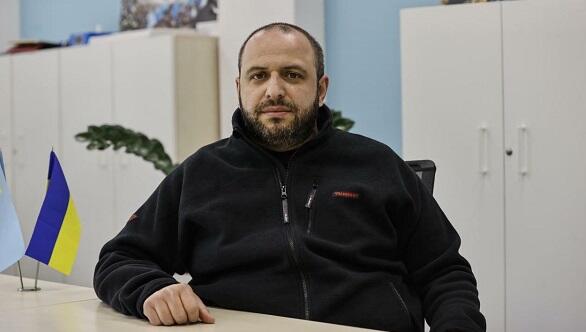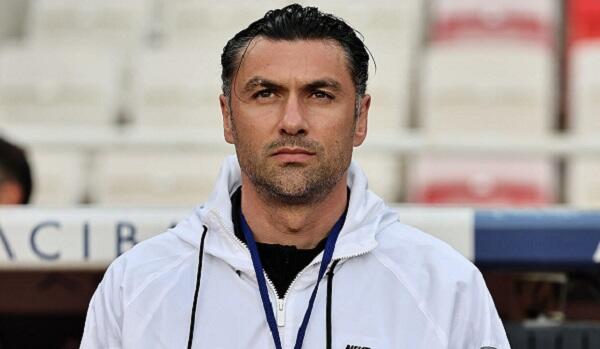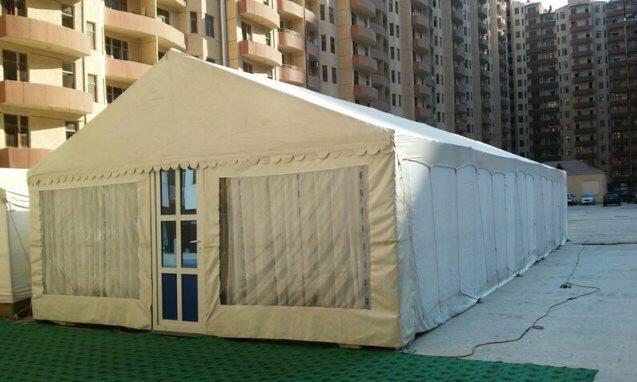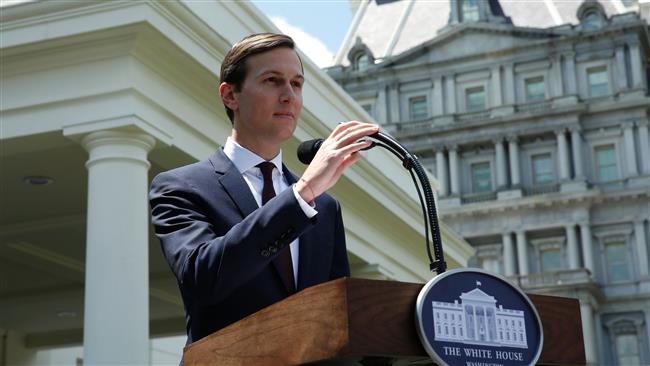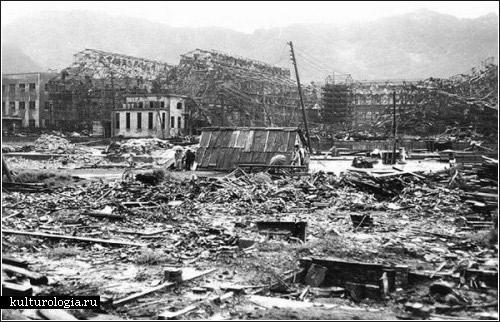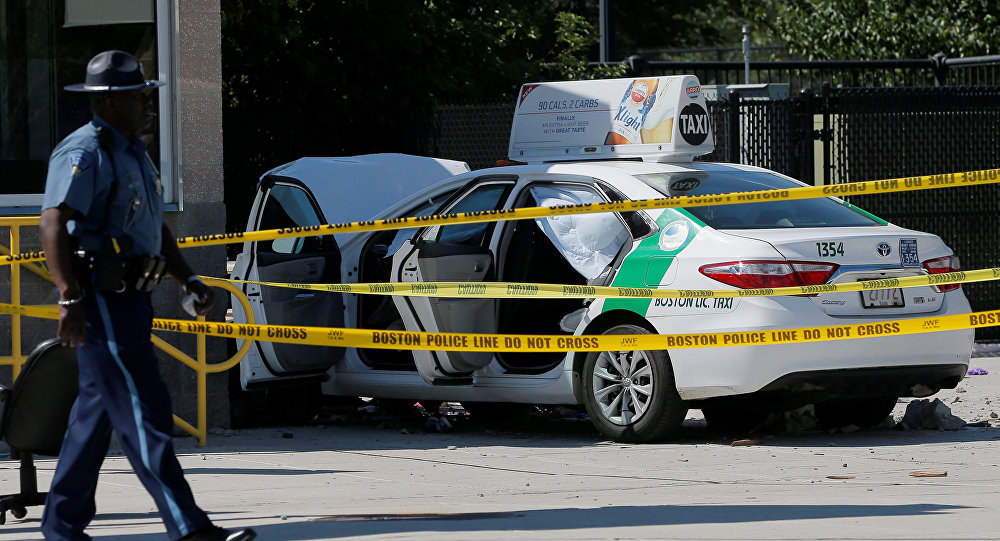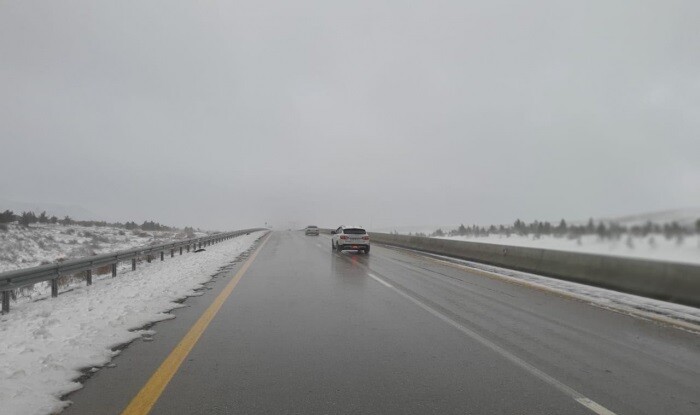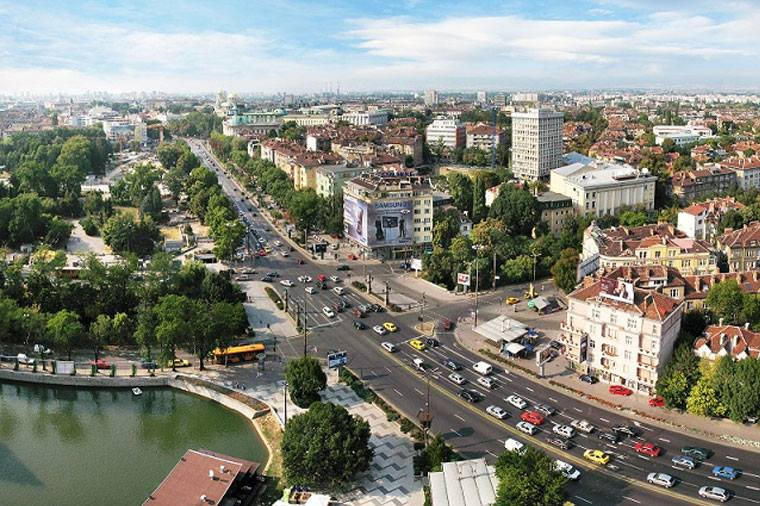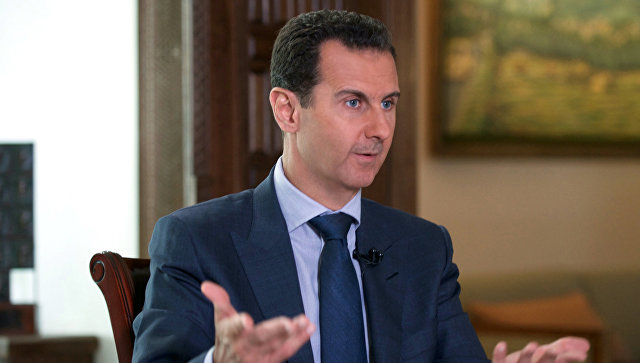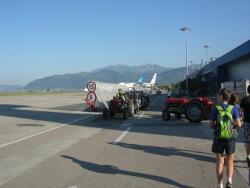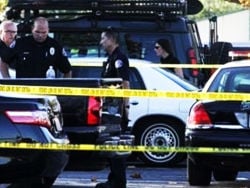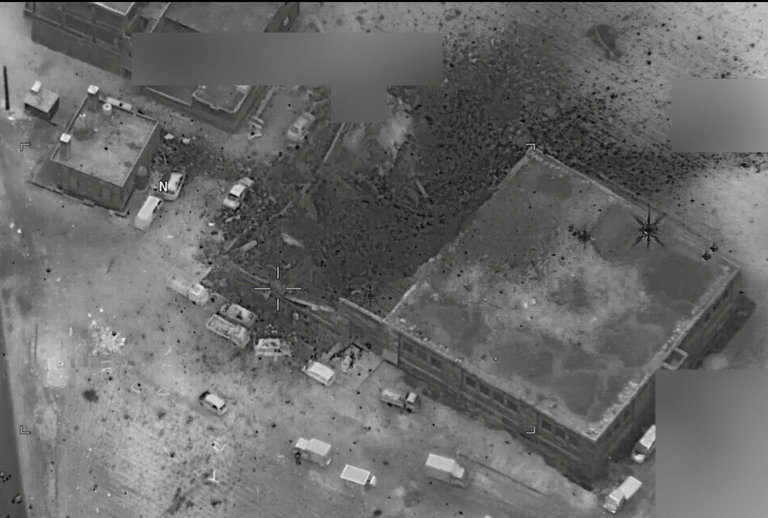The Pentagon released an aerial photo on Friday of a pulverized building in Syria in an unusual defense of an American airstrike that officials said killed dozens of Al Qaeda operatives at a meeting place — and not civilians at a mosque, as activists and local residents maintain.
Far from settling the debate, however, the photo prompted fresh challenges from local activists who argued that the building was part of a religious complex. Some of them distributed their own photos of the devastation, fueling the dueling narratives.
The Pentagon has not said which Qaeda leaders it believes were killed in the strike but suggested it might make that information public once it receives confirmation. The Syrian Observatory for Human Rights said that 49 people had been killed in what the group described as a “massacre” of civilians who were undergoing religious instruction.
Capt. Jeff Davis, a Pentagon spokesman, said officials had watched the building “for some time” before unleashing a barrage of missiles and bombs after evening prayers on Thursday. He said dozens of militants had been killed in the strike on the building in the Syrian village of Al Jinah, in Aleppo Province.
“At this particular time, its purpose was to host this meeting of very senior people in Al Qaeda,” Captain Davis said. Officials emphasized that widely recognized military guidelines allow sites to be targeted for attacks based on what they are being used for at a given moment — and not on their general purpose or even typical use.
Mohamed Ibrahim, who lives in a town a few miles away, described the building as an assembly hall and dining area for worshipers to gather for religious lessons. Photos taken at the site on Friday by Syrian activists showed a black sign outside a still-standing adjoining structure that identified it as part of the Omar ibn al-Khatab mosque.
“Reconstructing God’s mosques for those who believe in God and the last day,” said the sign, according to photographs of the building rubble that were provided by activists.
The black-and-white photo that the Pentagon distributed shows a blackened crater where a building once stood in the village. An adjoining structure appears to be largely intact, as do about a dozen vehicles on the street. A small mosque across the street appears to be unscathed.
American military officials said the picture was taken within five minutes after the attack was carried out, around 7 p.m. local time, by drones armed with Hellfire missiles and at least one warplane equipped with satellite-guided bombs.
Members of Al Qaeda and other militants have long understood that the United States’ rules of engagement discourage attacks on mosques, schools and hospitals without extensive scrutiny by top-level officials. As a result, militants have often operated in these locations, assuming that doing so will afford them a measure of protection.
But large mosques can consist of multiple buildings, sometimes only several yards apart, and are used for wedding parties, ablutions or as residences for local clerics.
Pentagon spokesmen did not say whether the building that was targeted had been affiliated with the nearby mosque. Eric J. Pahon, a Defense Department spokesman, described the structure as a “partially constructed community meeting hall” that Qaeda leaders had used to indoctrinate their fighters.
Mr. Pahon said that evening prayers at the mosque had concluded by the time the strike was carried out. The Pentagon said that it had no information to confirm there were civilian casualties but would investigate any credible allegations that noncombatants had been killed or injured.
“We take all allegations of civilian casualties seriously,” Mr. Pahon said. “This strike was conducted after we learned that senior A.Q. leaders were in the area and were attending this meeting.”
Local activists told a sharply different story after visiting the site of the attack and talking to residents, some of whom said the building was used for prayers and readings of the Quran.
“They all repeated the same story: That they gather there to pray and there was no military presence or military activities,” said Mohamed al-Shaghel of the Aleppo Media Center, who visited the site on Thursday, after the strike, and again on Friday.
Syrian rescue workers wearing white helmets were observed digging people out of the rubble.
Western Aleppo Province and Idlib Province are increasingly packed with people displaced from areas across Syria that the government has taken over in a civil war that has dragged on for six years. Syrian and Russian forces have been accused of indiscriminately targeting schools and hospitals, and the American strike has been portrayed by some residents as another instance in which civilians have been harmed.
While the American-led coalition has been preparing for an assault on Raqqa, the de facto capital of the Islamic State, it has been waging a parallel series of airstrikes against Al Qaeda, virtually all of which have occurred in Idlib Province.
